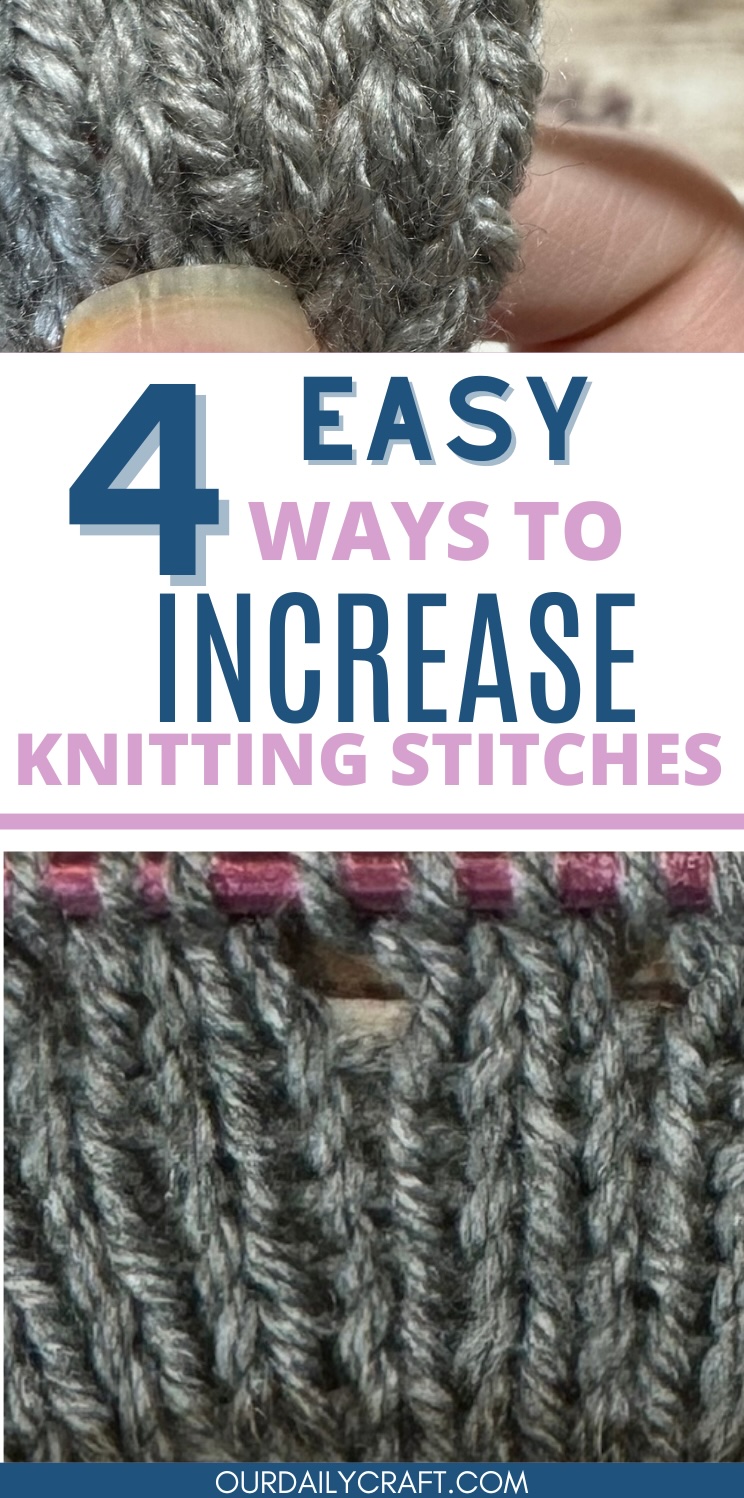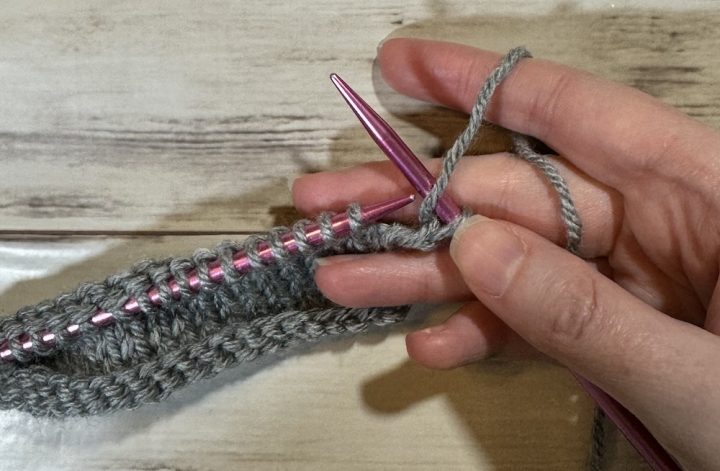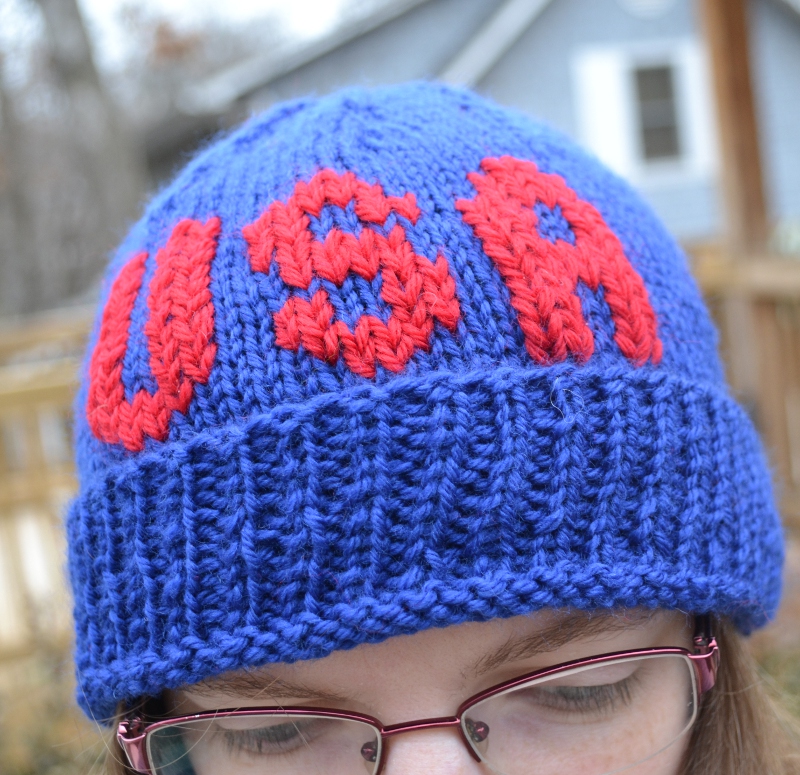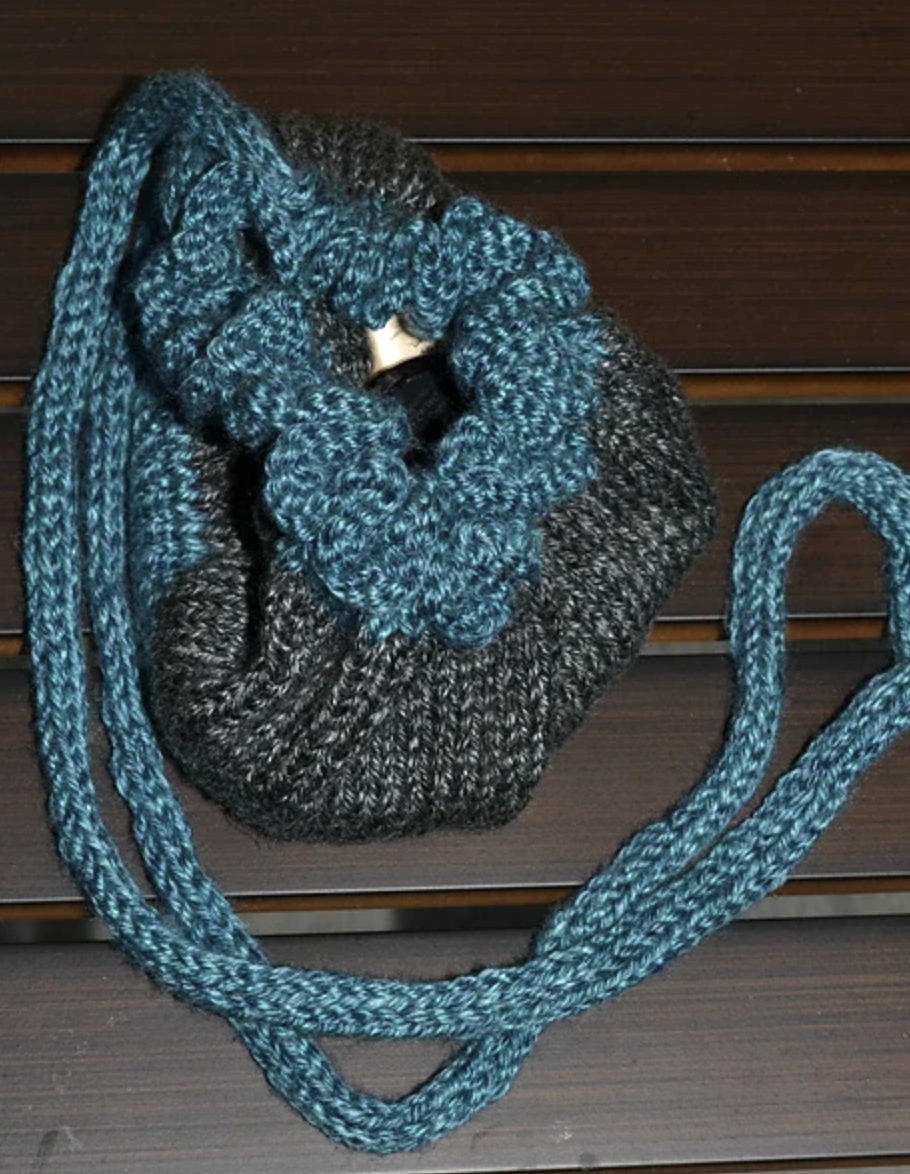Affiliate links may be included for your convenience. View our privacy and affiliates policy for details.
You can do a lot of things in knitting without shaping, but there will come a time when you’ll need to know how to work a knitting increase. There are lots of easy ways to add stitches to your knitting, so let’s get started.
The Easiest Knitting Increase: Yarn Over
You might have done this knitting increase when you were learning to knit without even meaning to! A yarn over is just when you take the yarn over the needle instead of between the needles, which places an extra piece of yarn on your needle. When you’re learning the knit stitch (or switching between knit and purl in the same row) it’s really common to move the yarn between the needles and accidentally make a yarn over.
There are various ways to work yarn overs depending on if you’re at the beginning or end of a row and if you’re working with knits, purls or a combination.
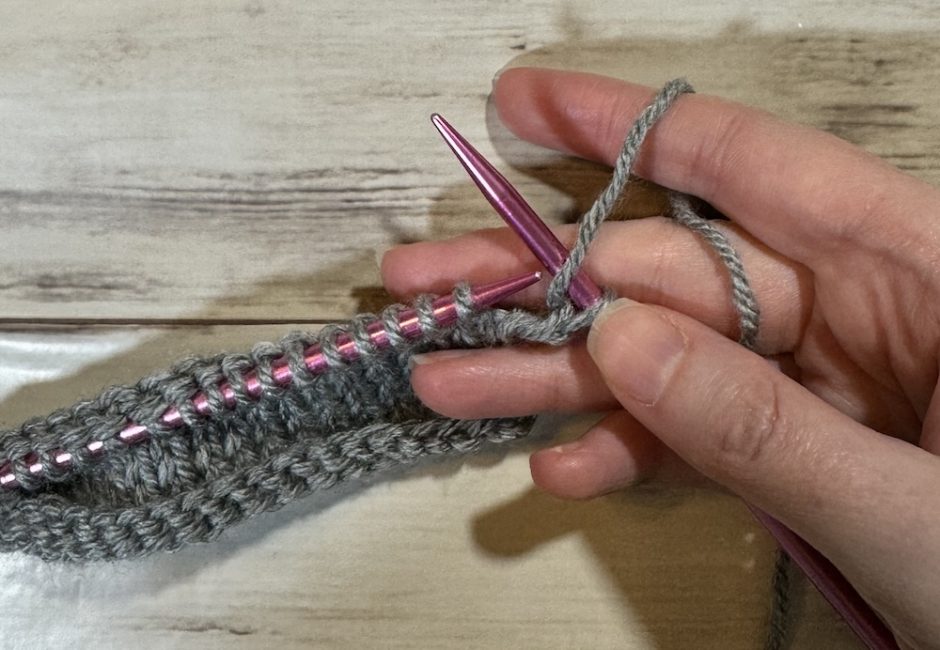
But if you’re working across a row of knit stitches, all you have to do is work to where you want your yarn over to be and wrap the yarn between the needles to the front and back around the right hand needle to work the next stitch.
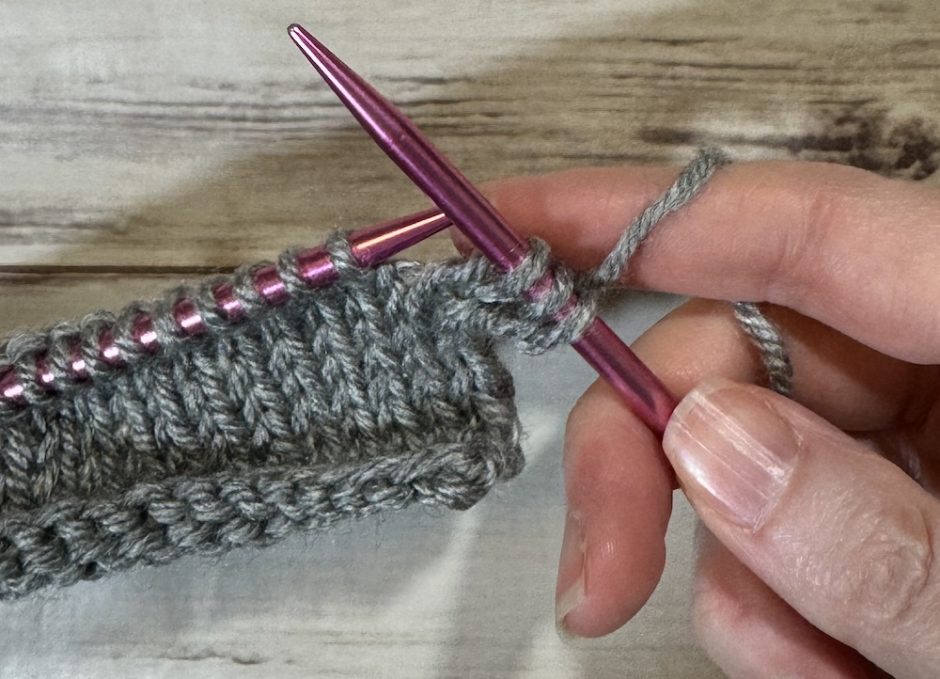
When you get to that strand of yarn on the next row, treat it like a stitch.
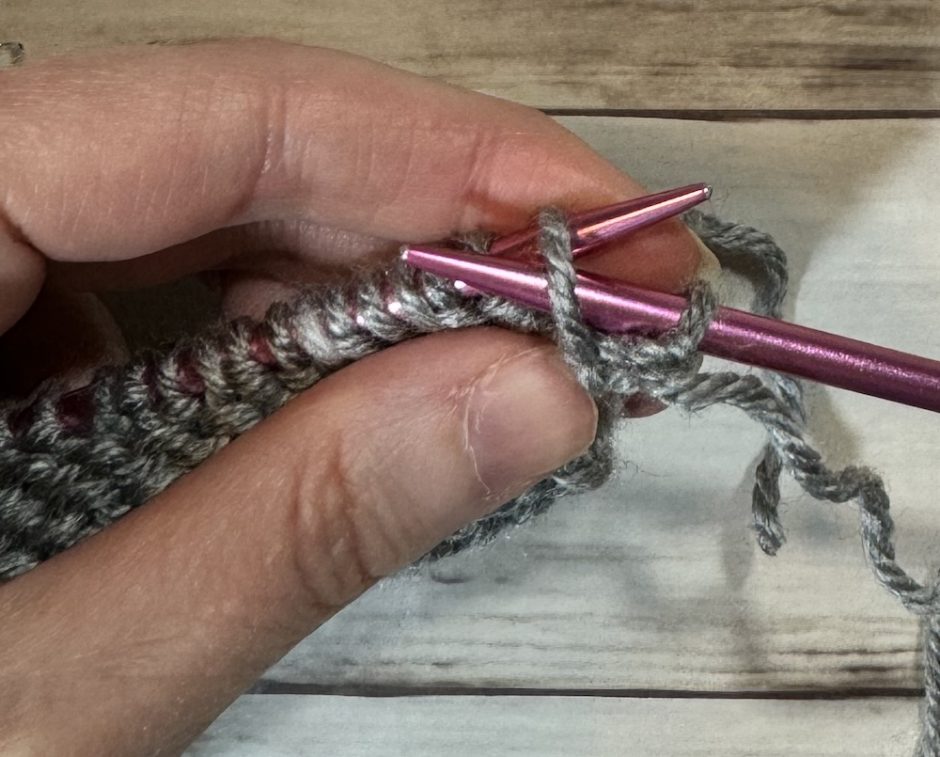
Yarn overs are a fast and easy way to add stitches, but they do leave a hole. When this type of knitting increase is called for, the hole is intended to be decorative. Sometimes yarn overs are combined with decreases so you just get the hole without increasing any stitches. This is the basis for lace knitting.
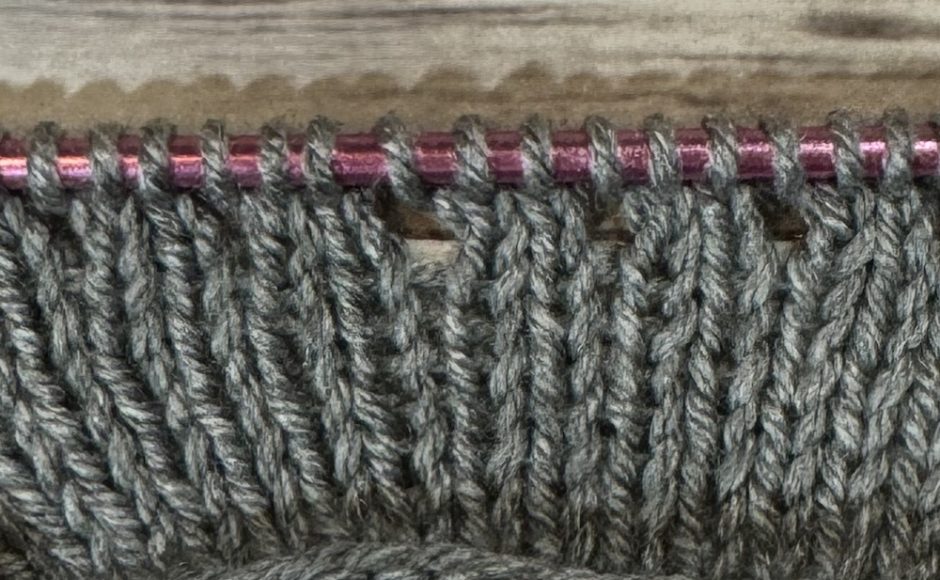
The Workhorse Increase: Knit in the Front and Back
If you need a knitting increase and your pattern doesn’t tell you want increase to work, knit in the front and back is a great basic go-to.
It’s easy and quick and the name tells you just what to do.
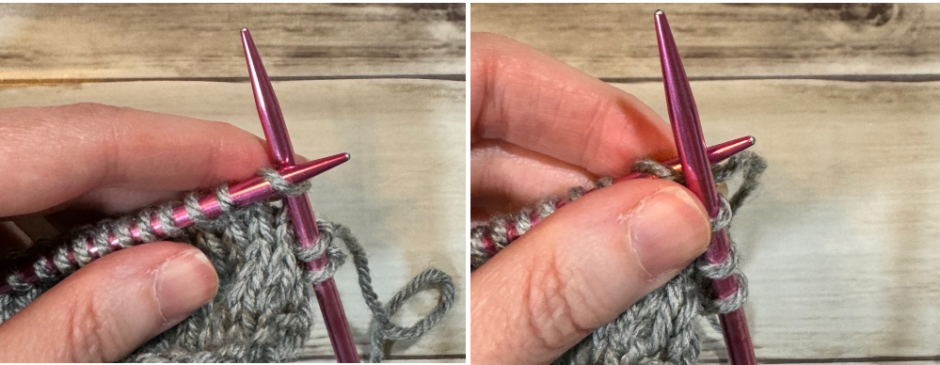
When you get to the place where you want to increase, first work the stitch as a normal knit stitch, knitting into the front, but don’t slide the stitch off the needle when you normally would.
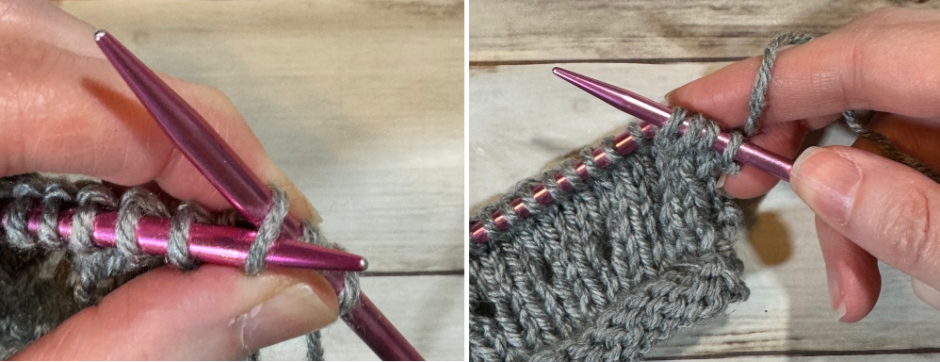
Instead, take the right hand needle back into the back of the old stitch and work another knit stitch. Then you can slip the stitch off the needle.
You’ve now made one stitch into two.
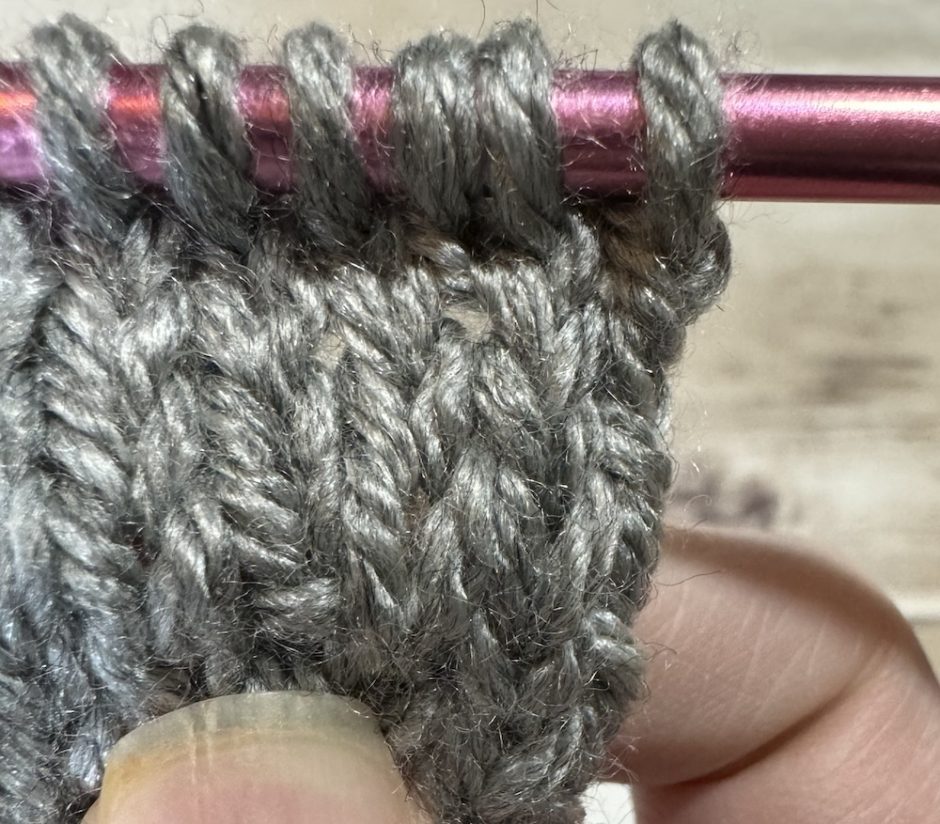
The drawback to this knitting increase is that the second knit stitch leaves a bump on the knit side of your knitting, which you can see right above my thumb. It’s not super noticeable from a distance, but it does break up your perfectly flat stockinette stitch if that’s what you’re knitting.
A Less-Visible Increase: Make 1
Some people prefer make 1 to knit in the front and back because it’s a less visible knit increase that doesn’t show as a bar. It does lean slightly so there are two ways to do it: make 1 left and make 1 right, abbreviated in patterns as m1l and m1right.
The problem with these, to me, is that I have to look up which one is which every time. But they’re pretty easy to do, they look nice and you’ll barely notice them in the course of a knit fabric. You also can’t work them at the very beginning or end of a row because you’re working with the strand of yarn between the stitches.
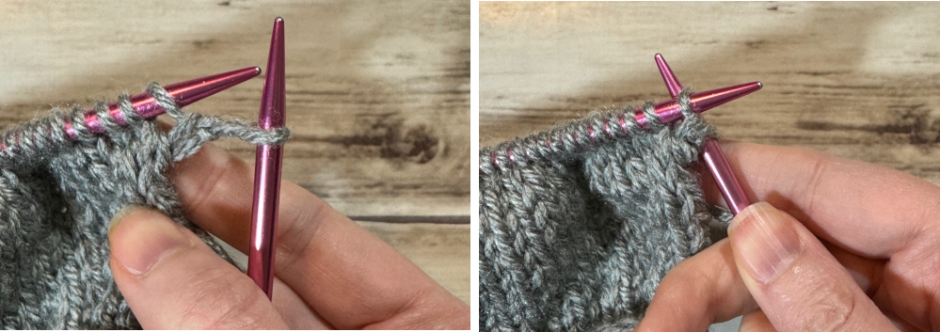
Let’s start with make 1 left. Grab the strand of yarn between the stitches from front to back with your left hand needle.
Knit this “stitch” through the back loop.
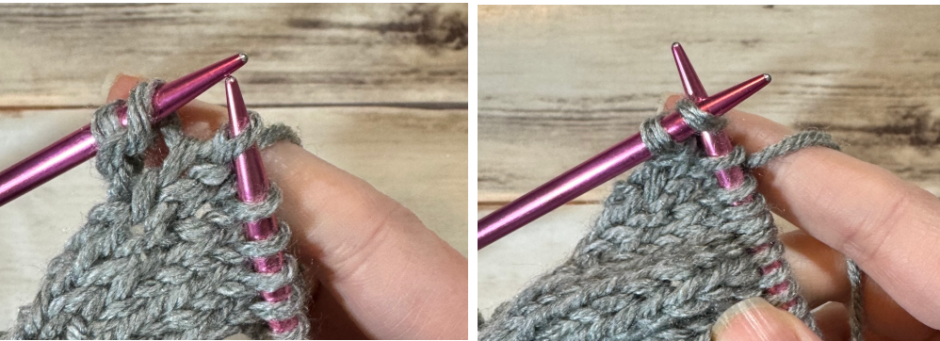
For make 1 right, it’s the opposite. Pick up the strand from back to front.
Then knit it through the front like a regular knit stitch.
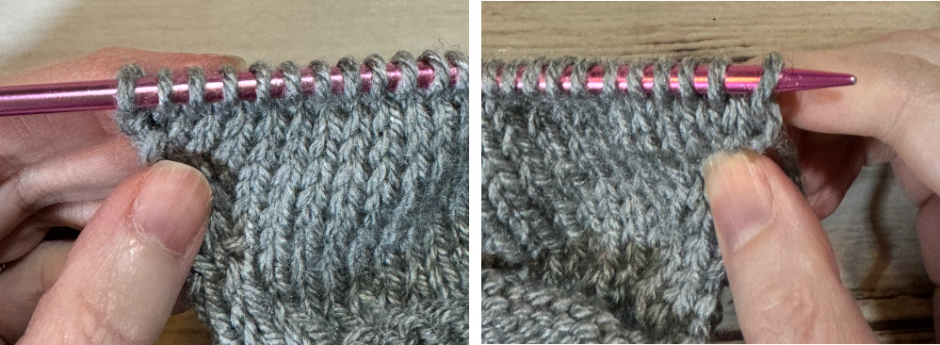
It’s a little difficult to see, but as in the name these increases do lean a little to the left or right. If the pattern just says “make 1” you can do it either way you like.
Bonus Knitting Increase: Wrap Cast On
This maybe doesn’t technically count as a knitting increase, but often if a pattern doesn’t specify what kind of increase it wants me to do, I’ll just to a wrap cast on.
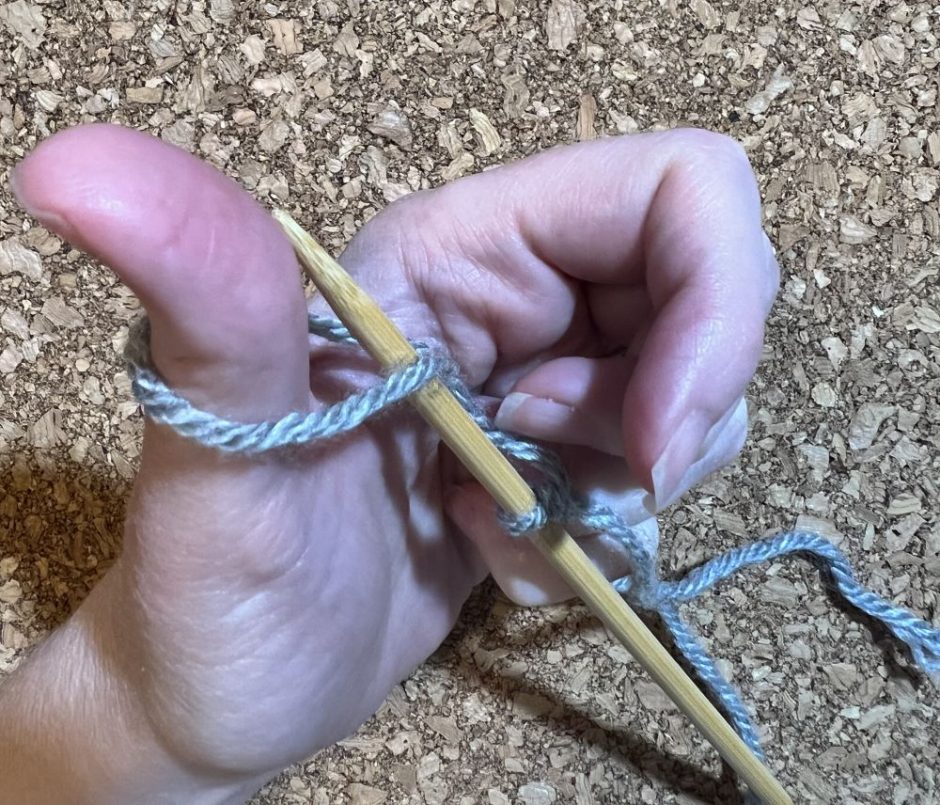
This is super quick and easy way to add a stitch. You can do it at the beginning or end of a row, or anywhere in between, and it’s worked the same whether you’re knitting or purling.
Do you have a favorite knitting increase? I’d love to hear about it!
